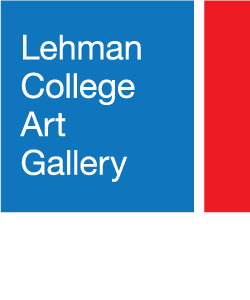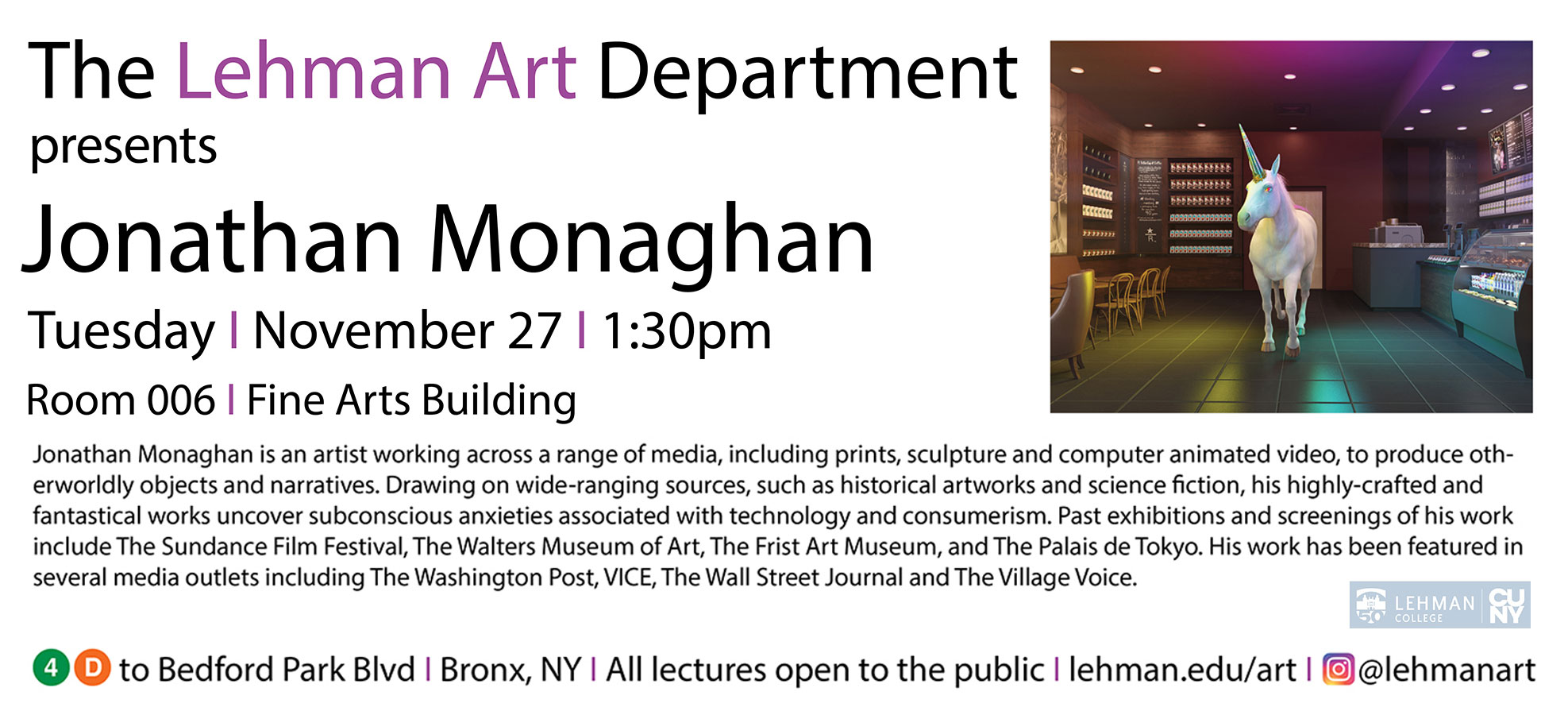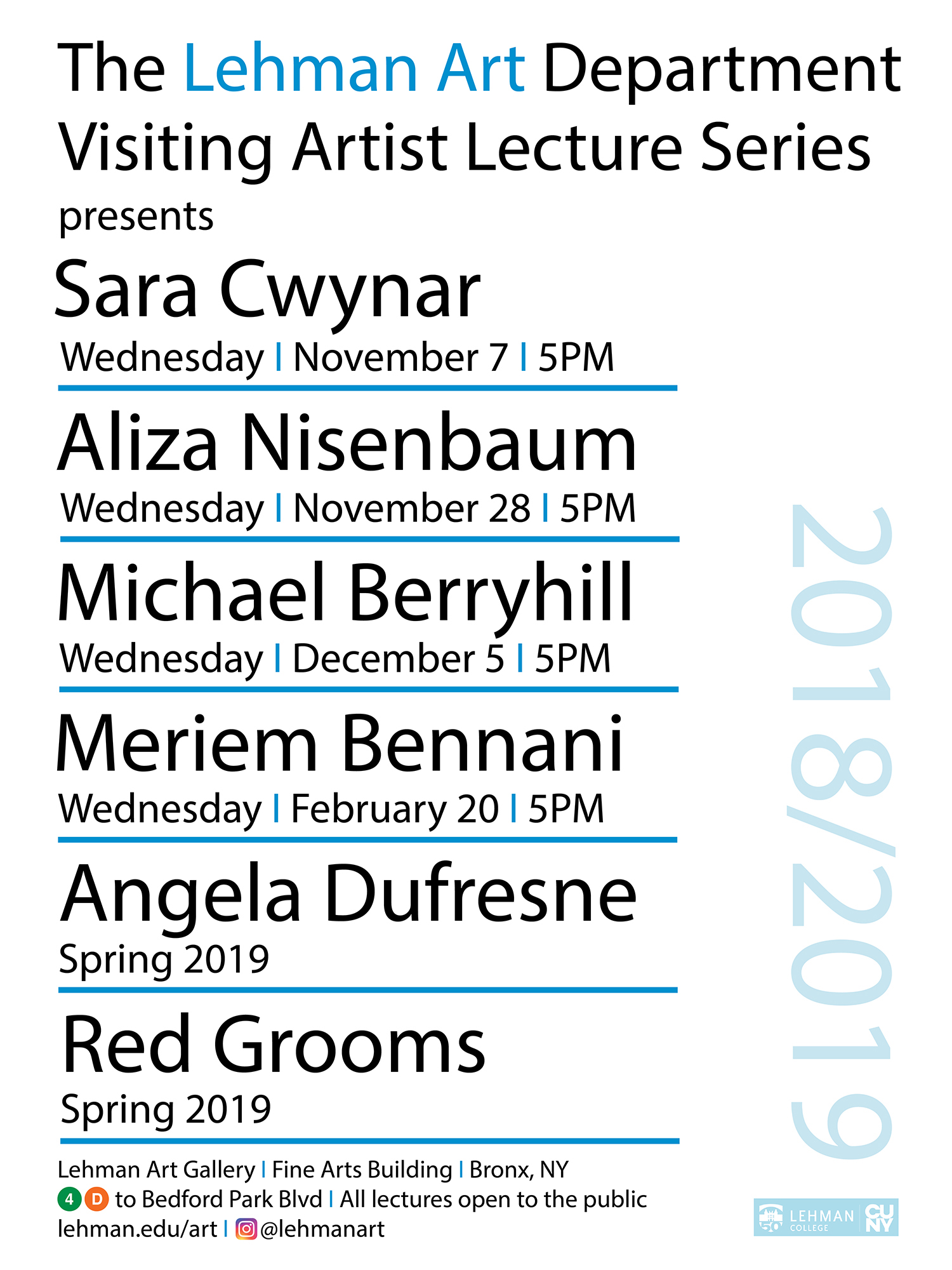Pa’lante: Political Works from El Museo Del Barrio’s Collection
El Museo del Barrio was founded in 1969 by a group of educators, artists, community activists and parents of Puerto Rican and other Latin American backgrounds. In the context of the civil rights movement of the time, the founders’ immediate concern was the invisibility of their cultural history in the United States. The Puerto Rican founders, who formed the majority, were part of the community which began arriving from the island in the late 1920’s, settling in the area of East Harlem now known as el barrio (the neighborhood). They felt marginalized and disenfranchised within North American society and wanted to establish an institution that would reflect their pride in their cultural heritage.
For oppressed and colonized peoples, historical memory-the act of remembering, of salvaging the past- is equivalent to collective survival. The conscious act of remembering, for Latin Americans, redeems the historical past from the indifference, marginalization, or distortion it has suffered from the dominant European and North American cultures. Honoring the cultural practices of the past socio-political, spiritual, popular and aesthetic is a vital act that elucidates the present, offering a partial blueprint for the future, rather than mere nostalgia or a dutiful veneration of dead tradition.
From its inception, then, El Museo del Barrio functioned as a memory reservoir to preserve, disseminate and interpret the cultural history of Puerto Rico and its relation to the diverse peoples of the Caribbean, Central and South America. Education, as the key to self-knowledge and empowerment, continues to be central to this mission. This educational mission has expanded during the last decade, as portions of this country have moved towards an incipient realization of the rich contribution that people of Latin American descent have made to its uniquely varied cultural tapestry. The nineties hold the promise of a better mutual understanding of these intersecting cultural histories and the rich cross-fertilization, or mestizaje cultural (in the words of Argentine critic Marta Traba), that can come of it.
El Museo del Barrio’s permanent collection, one of the most extensive public collections of Latin American art in the United States, is the tangible expression of its mission as it preserves and celebrates a proud heritage. The collection looks to an ancient past in its Pre-Columbian and traditional arts portions, (masks, santos), while its contemporary aspects pay homage to artists who renew and extend the boundaries of that heritage.
This exhibition draws on the richness and variety of our collection, focusing on works with political content. Its title, Pa’lante, was the inspiring slogan of a generation of young Puerto Rican activists who formed a political party in 1970 to fight injustice and discrimination. In urban centers like New York, Newark, Bridgeport, Philadelphia, and Chicago, they shaped programs and actions to improve living conditions and health care for the Latino population. Calling themselves the Young Lords, they expressed solidarity with African Americans across the US and with Chicanos on the West Coast, who were fighting parallel struggles with similar objectives. Pa’lante was the rallying cry for going forward, for continuing to fight, equivalent to the Chicano “la lucha continua” (the struggle continues).
The spirit of struggle and solidarity resounds through the works in this exhibition. It is a unifying thread despite the varied strategies, styles and nationalities of the individual artists. The earliest work, a 1952 silkscreen by Lorenzo Homar, pokes fun at the complacency of the Eisenhower years through a caricature of a pair of “gringo” tourists on the streets of Old San Juan. The most recent work, a moving painting of 1991 by Robert Coane, passionately condemns the recent war in the Persian Gulf. In widely differing fashion, both works elucidate different points within the continuum of conflicted history between Puerto Rico and the United States. Marina Gutierrez’s work, The Enchanted Island, captures the extreme dichotomies of that embattled history. Many other works by Puerto Ricans working “acá y allá” (on the island or in New York) honor key political icons, historical and contemporary leaders of the struggle for freedom and equality: Betances [by Antonio Martorell], Albizu Campos [by Lorenzo Homar, Antonio Martorell and Jorge Soto,] and Malcolm X [by Frank Espada].
Works depicting earlier political struggles, such as the portfolios commemorating the Mexican revolution or the abolition of slavery, offer the background for later twentieth-century conflicts. Yet other works place us within the broader context of the international struggles of the late ’60s and ’70s—the Biafra famine and anti-Vietnam demonstrations across the US, [by Carlos Irizarry]; human rights violations under the military rules in Uruguay and Argentina [Luis Camnitzer and Antonio Frasconi]— bringing us up to contemporary anti-Quincentennial comments by Lizette Lugo and Alfredo Jaar. Collectively, the works document a proud history of struggle for justice in the world.
We are grateful for this generous invitation from Lehman College Art Gallery, which allows us to make new friends. It confirms Lehman College’s commitment to a richly diverse cultural life on its campus and celebrates the contribution that its varied Latino population makes to it. The Trustees and staff of El Museo del Barrio hope that this small sampling of its collection will encourage you to visit us when we reopen our newly renovated galleries for our 25th Anniversary exhibition in February of 1994.
Susana Torruella Leval
Acting Director and Chief Curator, El Museo del Barrio
.


